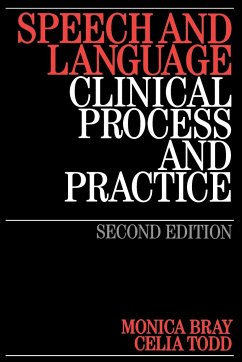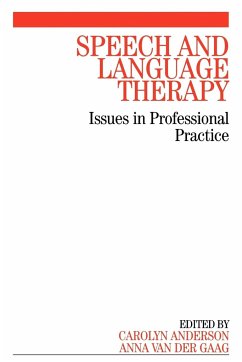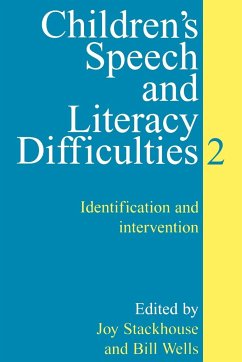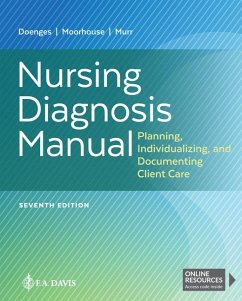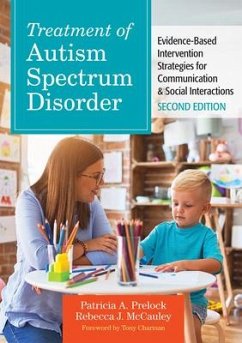
Differential Diagnosis and Treatment 2e
Versandkostenfrei!
Versandfertig in über 4 Wochen
84,99 €
inkl. MwSt.
Weitere Ausgaben:

PAYBACK Punkte
42 °P sammeln!
Paediatric speech and language therapists are challenged by diminished resources and increasingly complex caseloads. This work addresses their concerns. It provides norms for speech development, differentiating between the emergence of the ability to produce speech sounds (articulation) and typical developmental error patterns (phonology).





